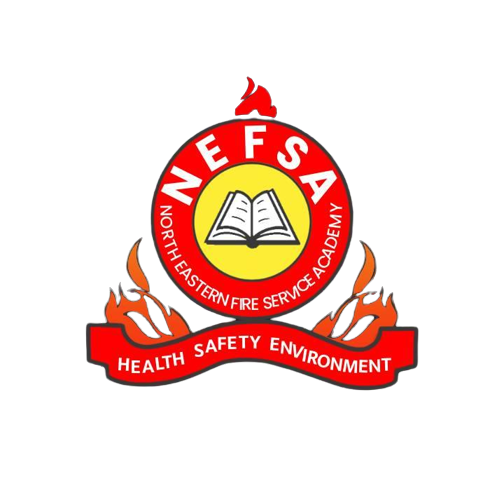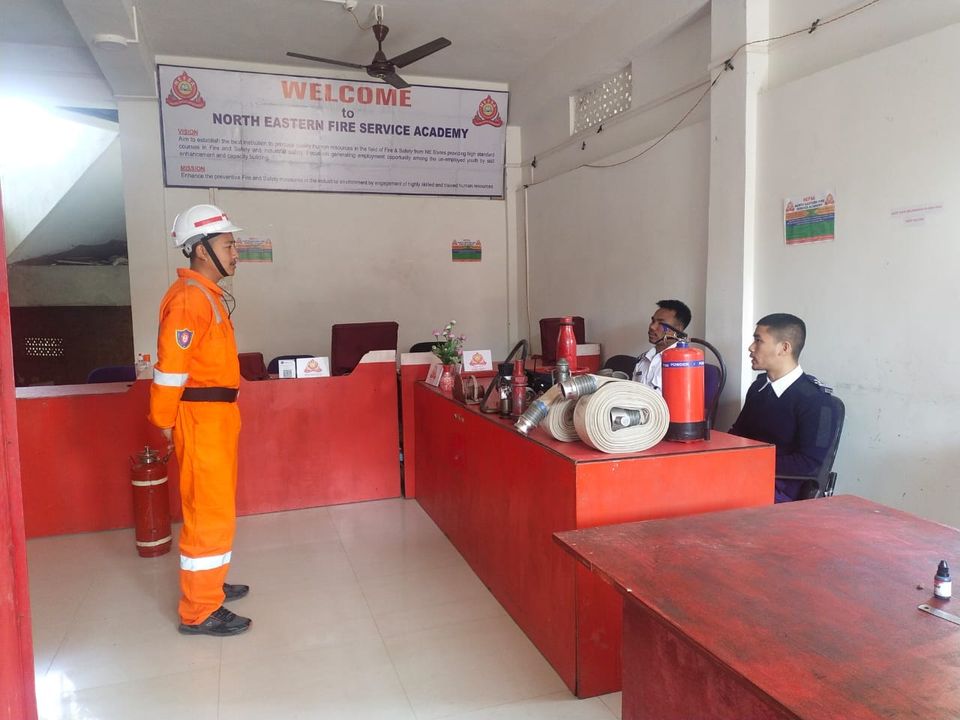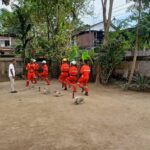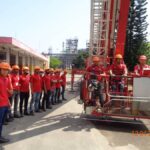Introduction
Being ahead of the curve is crucial in the fast-paced field of firefighting. With its ever-changing training curricula,
Northeast Fire and Safety Academy (NEFSA) has been leading the way in adjusting to the demands of contemporary firefighting.
NEFSA is dedicated to equipping its trainees with the skills and information necessary to succeed in the field, even while
firefighting techniques, technology, and problems undergo continuous evolution. A closer look into how NEFSA’s training has
changed to accommodate the demands of contemporary firefighting is provided here.
Dynamic Curriculum Development:
Beginning with its dynamic curriculum creation approach, NEFSA has evolved its training offerings. The school updates and
examines its training modules on a regular basis to include the newest methods, tools, and best practices for combating fires.
This guarantees that NEFSA trainees are consistently acquiring the most useful and applicable skills.
Integration of Advanced Technologies:
Modern firefighting frequently uses cutting-edge technologies to increase efficiency and safety. By incorporating cutting-edge
firefighting technologies into its training programs, NEFSA has embraced this trend. Through the use of drone technology for
aerial firefighting and virtual reality simulations, NEFSA makes sure that its students are up to date on the newest equipment
available in the industry.
Focus on Specialized Training:
NEFSA has increased the scope of its training programs to include specific courses in wildfire management, urban search and
rescue, hazardous response, and other areas as firefighting becomes more specialized. As a result, NEFSA trainees can specialize in particular aspects of firefighting, better equipping them to handle a variety of situations that may arise in the field.
Emphasis on Safety and Risk Management:
Since safety is of the utmost importance when fighting fires, NEFSA emphasizes safety and risk management heavily in its
training programs. To ensure that they can effectively manage risks in the field, trainees are trained to evaluate risks,
rank safety measures, and make deft decisions under pressure.
Realistic Training Scenarios:
Realistic training scenarios that mimic actual firefighting circumstances have been incorporated into NEFSA’s training progression.
Before handling real-world situations, these scenarios give students the chance to practice their skills in a safe setting,
giving them invaluable experience and confidence.
Community Engagement and Collaboration:
NEFSA acknowledges the value of community involvement and teamwork in contemporary firefighting. In order to promote cooperation,
exchange best practices, and improve general emergency preparedness, the academy actively interacts with nearby fire departments,
emergency services, and towns.
Continuous Improvement and Feedback:
The training evolution of NEFSA is a continual process that is fueled by feedback and constant improvement. The school periodically requests input from instructors, industry partners, and trainees in order to pinpoint areas that require development and modify its training curricula accordingly.
Conclusion
To sum up, NEFSA’s training development is evidence of its dedication to quality and flexibility in fulfilling the needs of
contemporary firefighting. NEFSA makes sure that its trainees are well-prepared to succeed in the rapidly changing field of
firefighting by updating its curriculum on a regular basis, incorporating cutting-edge technologies, emphasizing specialized
training, highlighting safety and risk management, incorporating realistic training scenarios, interacting with the community,
and pursuing continuous improvement.
To join our academy click www.nefsaindia.com
To read more blog:- www.nefsaindiablog.com







